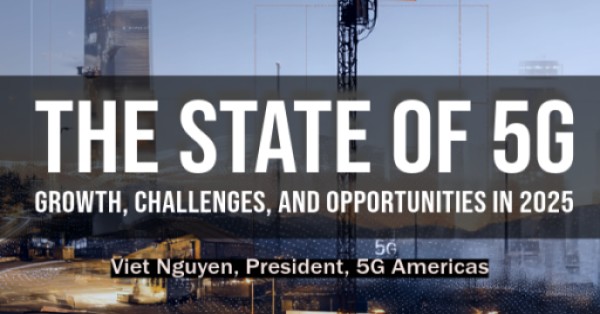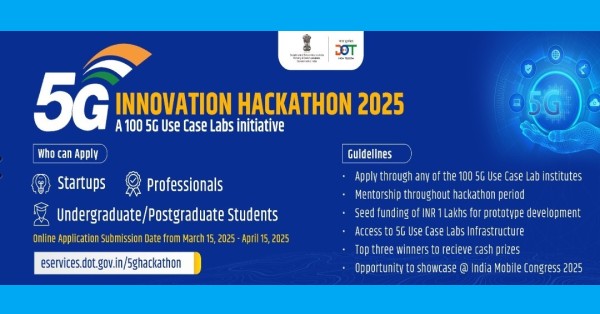- Usecase
- July 3, 2025
- Hema Kadia
Tampnet has rolled out the world’s first fully autonomous private 5G network with Edge Compute offshore for Aker BP’s Edvard Grieg platform. This digital backbone provides real-time data processing, robust wireless coverage, and supports advanced offshore operations like autonomous drones, robotics, and predictive maintenance, setting a new standard for offshore oil and gas connectivity.



























